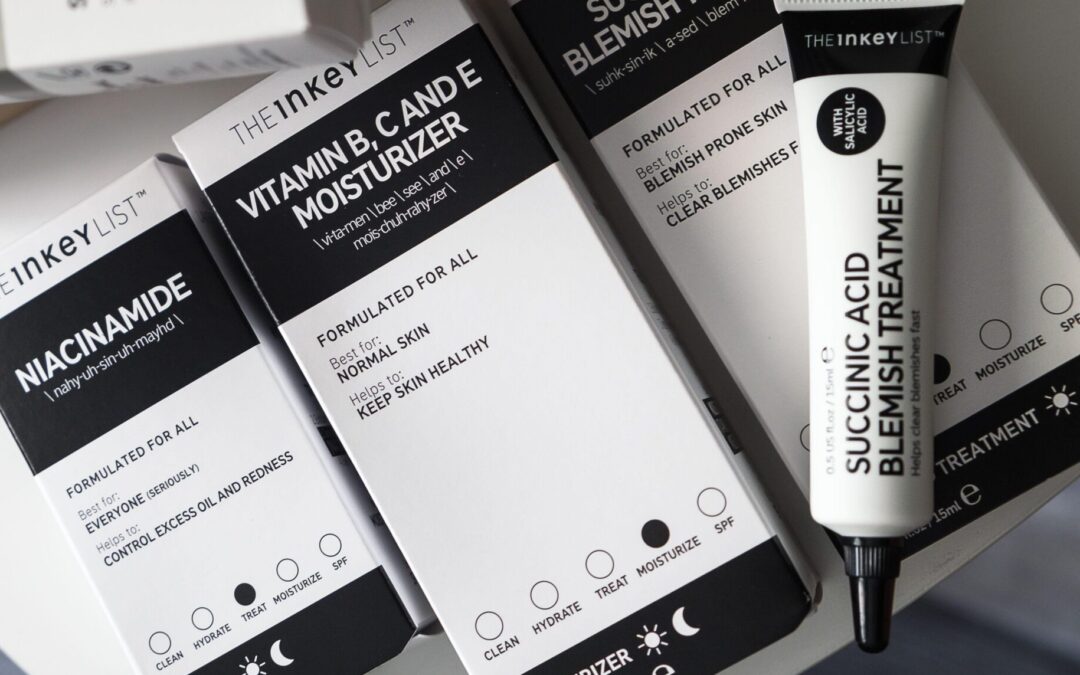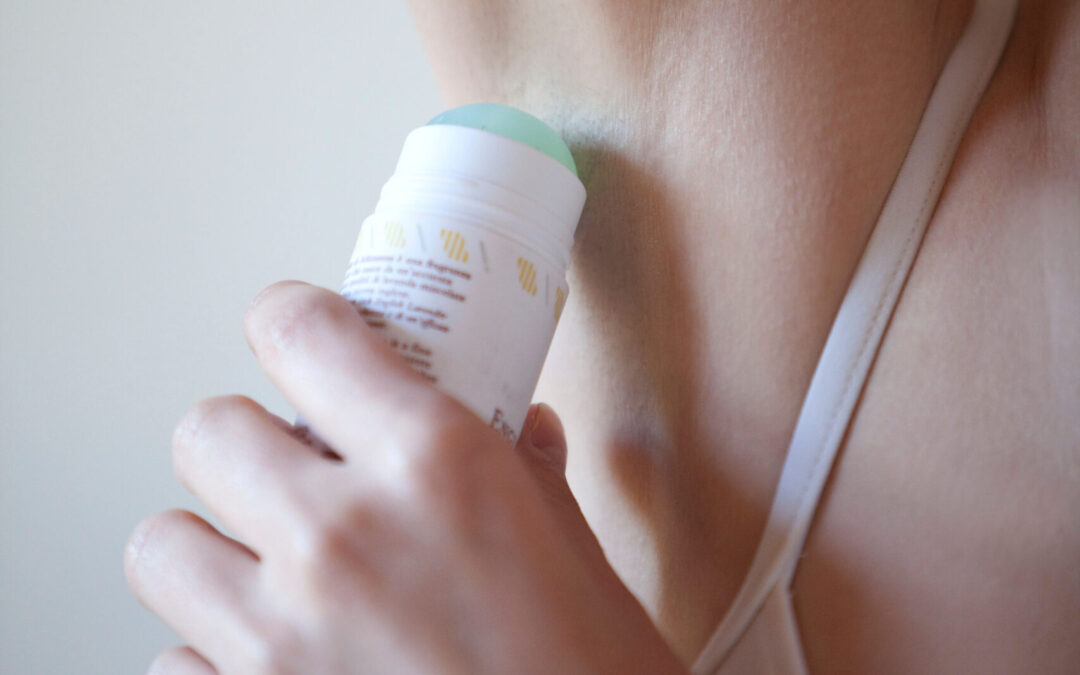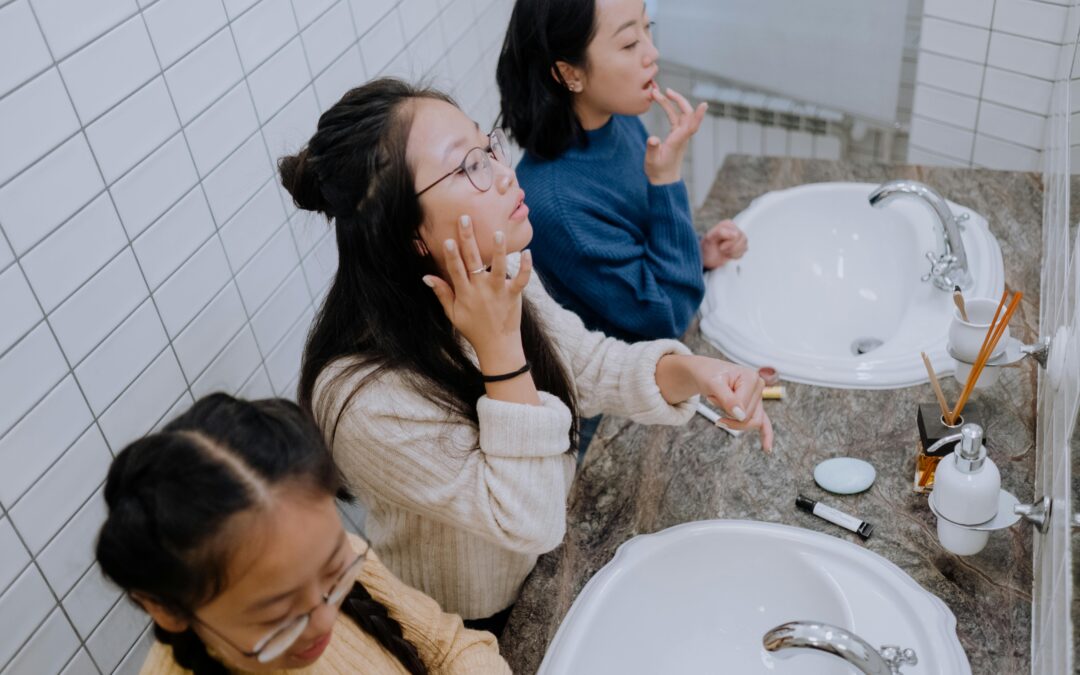A few years ago, most of us would likely never even have heard of LED skin masks, yet a quick search online will now lead you to a whole host of content about them.
The masks are shaped so they cover the whole of your face, with only a few small cut-outs for your eyes, nose and mouth. They are held on with a strap around the back of your head so the mask stays pressed up against your skin.
The inside of the masks are normally lined with small, red LED lights. These lights are said to work by stimulating skin cells in a non-invasive, pain-free way by using different wavelengths of light.
Manufacturers of these LED skin masks claim they can combat skin conditions such as acne and inflammation, while also having a positive anti-aging and skin rejuvenation effect.
Before putting on the mask, people tend to wash their face first.
After that, all you have to do is just sit there and wear the mask for what is usually between 10 and 20 minutes, depending on the instructions for the specific product, without having to do anything else.
This is understandably appealing. It seems to be a great minimum effort solution, both for general skincare and for treating specific conditions.
READ MORE: Can’t Escape Acne? Accutane Advice
Depending on what setting you select, different wavelengths of light from the LEDs within the mask can penetrate the skin at different depths. It is believed that this causes changes in the skin by affecting oil glands and the presence of bacteria.
After using the mask, some people like to apply a moisturiser or serum to help make sure their skin doesn’t become too dry.
For many years it has been possible to receive LED light therapy in a hospital or special treatment centre, but the rise of at-home masks has only occurred in the last five years or so.
The difference in effectiveness between established medical devices and these new domestic devices is a point of contention.
On TikTok, some skincare influencers have questioned the effectiveness of some at-home masks, they have raised concerns that because the LEDs are not as powerful as the ones used during light therapy by professionals, their impact on the skin may not be as effective.
There is also some discussion around the potential risk of the masks to your vision. If you’re placing a lot of bright LEDs in very close proximity to your eyes, for an extended period of time, on a regular basis, the light could get to them despite the masks having holes for them.
Therefore, if you want to be extra cautious, you could keep your eyes closed while wearing the mask.
Either way, you should just be mindful of potential eyestrain caused by the lights in the masks.
Some people have also reported headaches and irritation of the skin.
It is probably a good idea to make sure you’re using a mask that conforms to safety standards.
One thing that is clear about at-home LED skin masks is that they won’t show overnight results. Users and product guidance suggest they need to be used consistently, every day, for some time, before you’re likely to start noticing any tangible changes.
There is a huge price range for these products, with some available for less than £50 online, while at the other end of the market, you can find yourself paying thousands.
While LED skin masks clearly show promise as a convenient form of skincare and are likely to improve in the future, they are unlikely to be some kind of miracle solution.
If you do decide to try them out you should limit your expectations, use the mask consistently and be wary of any side effects.
If you have any serious skin concerns you should see a dermatologist, or your GP as a start, before experimenting with new products like these masks.
This article is not intended to be used as medical advice.



